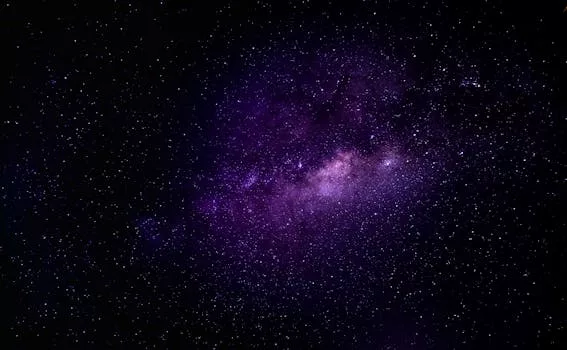
“
Beyond the Milky Way: Imagining New Worlds and Possibilities
Introduction to Beyond the Milky Way: Imagining New Worlds and Possibilities
Beyond the Milky Way: Imagining New Worlds and Possibilities is a fascinating topic that has captivated human imagination for centuries. The Milky Way, our home galaxy, is just one of billions of galaxies in the observable universe. As we continue to explore and understand the vastness of space, we are compelled to ask: what lies beyond our galaxy? Are there other worlds like our own, teeming with life and possibilities? For more on this theme, check out Beyond Stars: Where Imagination Takes Flight.
Understanding the Milky Way Galaxy
Before we can explore what lies beyond the Milky Way, we must first understand our own galaxy. The Milky Way is a barred spiral galaxy, consisting of hundreds of billions of stars, gas, and dust. It is estimated to be about 100,000 light-years in diameter and contains a supermassive black hole at its center. The Milky Way is thought to be about 13.6 billion years old, roughly the same age as the universe itself. To delve deeper into the wonders of our galaxy, you might find Cosmic Creativity: How Imagination Soars Beyond the Constellations enlightening.
Exploring the Cosmos Beyond the Milky Way
As we venture beyond the Milky Way, we enter the realm of the cosmos, where countless galaxies, stars, and celestial objects await discovery. The universe is vast and complex, with distances so great that even at high speeds, it would take many years to reach the nearest galaxy, Andromeda. Yet, with the help of advanced telescopes and space probes, we are able to study the universe in unprecedented detail. For an inspiring look at how imagination plays a role in our exploration, read Soaring Through the Cosmos: The Power of Imagination Beyond the Stars.
Imagining New Worlds and Civilizations
As we explore the cosmos, we are drawn to the possibility of finding new worlds and civilizations. The discovery of exoplanets, planets that orbit stars other than the Sun, has opened up new avenues for the search for life beyond Earth. With over 4,000 exoplanets discovered so far, the potential for finding a planet similar to our own is becoming increasingly likely. The possibility of intelligent life existing elsewhere in the universe is a tantalizing one, raising questions about the origins of life and the potential for interstellar communication.
Takeaways
- The Milky Way is just one of billions of galaxies in the observable universe.
- The universe is vast and complex, with distances so great that even at high speeds, it would take many years to reach the nearest galaxy, Andromeda.
- The discovery of exoplanets has opened up new avenues for the search for life beyond Earth.
- The possibility of intelligent life existing elsewhere in the universe is a tantalizing one, raising questions about the origins of life and the potential for interstellar communication.






